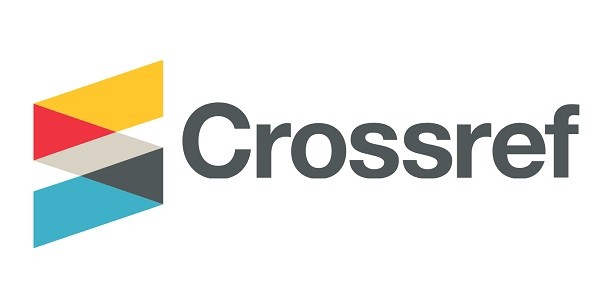Journalists’ Attitudes Towards Obstacles to Creativity in the Internal and External Environments of Saudi Newspapers: A Field Study
DOI: 10.46988/IJMMC.06.02.2024.04
Abstract
The study aims to monitor the attitudes of Saudi journalists toward obstacles to creativity in the internal work environment of journalistic institutions. These obstacles can be classified as personal, economic, and administrative, as well as obstacles to creativity related to the external environment, which can be identified as social, organizational, and legislative obstacles. Furthermore, the study seeks to identify the prominent proposed solutions from the journalists' perspective in order to enhance creativity in Saudi journalistic institutions. The study relied on a questionnaire tool applied to a sample of 150 Saudi journalists.
Among the study's key findings, statistically significant differences were found between the study groups (males and females) regarding the personal, economic, and administrative obstacles journalists face in the internal environment of newspapers, with a significance level of less than 0.05. It was also found that the obstacles to creativity faced by journalists in the internal environment of newspapers were represented by economic obstacles at a rate of 86.02% in the first place, followed by administrative obstacles at a rate of 77.32%. Finally, personal obstacles were represented at a rate of 53.64%.
Similarly, statistically significant differences were found between the study groups (males and females) regarding the social, organizational, legislative, and technological obstacles faced by journalists in the external environment of newspapers, with a significance level of less than 0.05. It was revealed that the obstacles to creativity faced by journalists in the external environment were represented by social obstacles at a rate of 78.98% in the first place, followed by organizational and legislative obstacles at a rate of 77.80%. Lastly, technological obstacles were represented at a rate of 78.41%.


